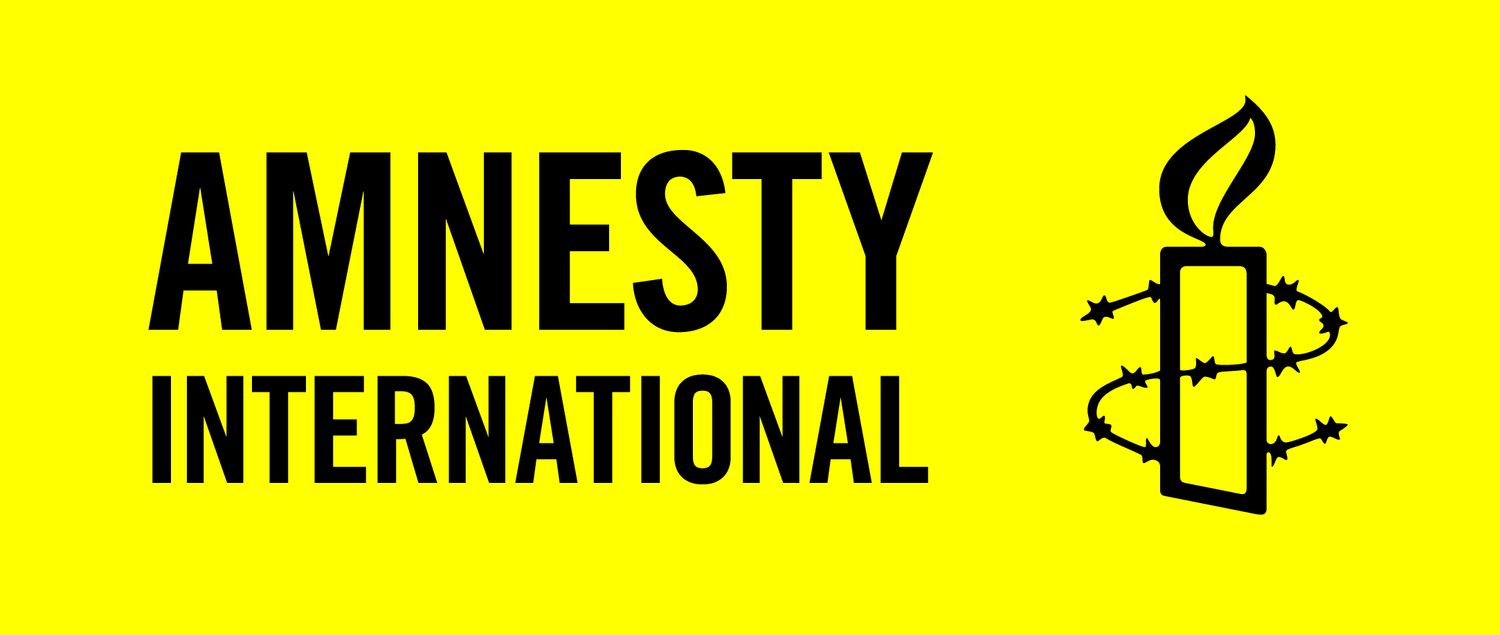On this page you can learn about Amnesty's Conflict Resolution Process, the support available to help you in handling conflicts, and the key features of conflict competent organisations.
Research tells us that too little conflict might mean stagnation and too much conflict might mean chaos (Robbins, 1991).
The term 'conflict' encompasses everything from interpersonal disputes and personality clashes to differences over strategy, decision-making, identity, and values.
Conflict will be constructive or destructive depending on how people engage in disagreement rather than the content of that disagreement.
In 2015, a report by the International Civil Society Organisations (ICSOs) undertaken by Intermediation International (IMI) with support from Amnesty International found that a persistent culture of avoiding conflict and lack of investment in collaborative approaches are the biggest barriers to making conflict a source of creativity, innovation, learning and change.
The report identified four key areas that leaders in International Civil Society Organisations should work on to achieve a healthy conflict perspective and a conflict competent culture. The four key areas are:
In 2024, Amnesty launched a Conflict Resolution Process for the Movement. The process was developed in close consultation with the Movement.
The Conflict Resolution Process is a resource for all staff and board members and can be used to address internal conflicts within entities, and between different parts of the Movement. The key features of the Conflict Resolution Process include:
The Conflict Resolution Process can be used for any internal conflicts between individuals or groups within the Movement including:
NOTE: the specific tools and approaches used in each of these types of conflict will depend on the context, the complexity of the issues, and the actors involved. If in doubt, please get in touch with Movement Building or a Conflict Resolution Resource Person (Coming soon). Alternatively, you can find more information on different approaches to conflict resolution in the Key Documents.
































